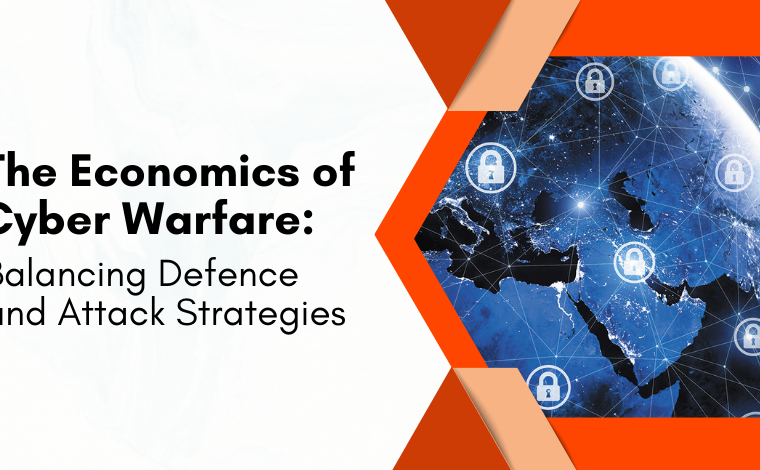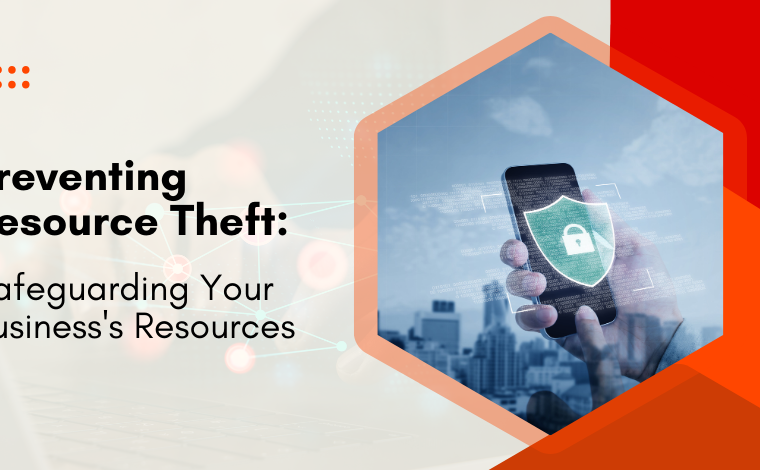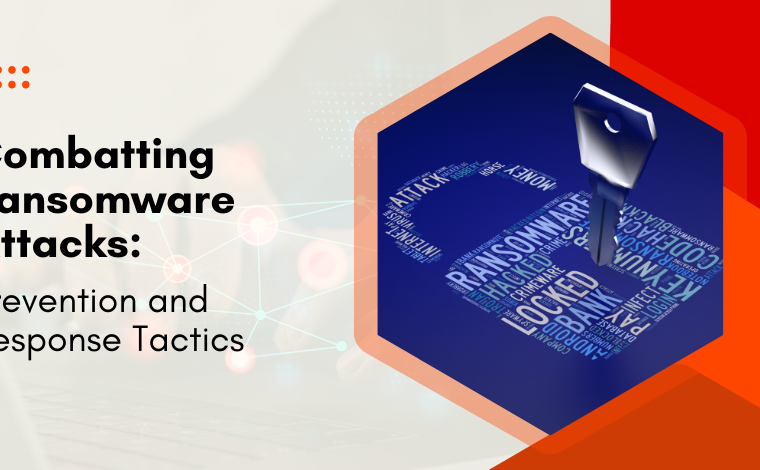9 Types of Cybersecurity Threats You Should Know About
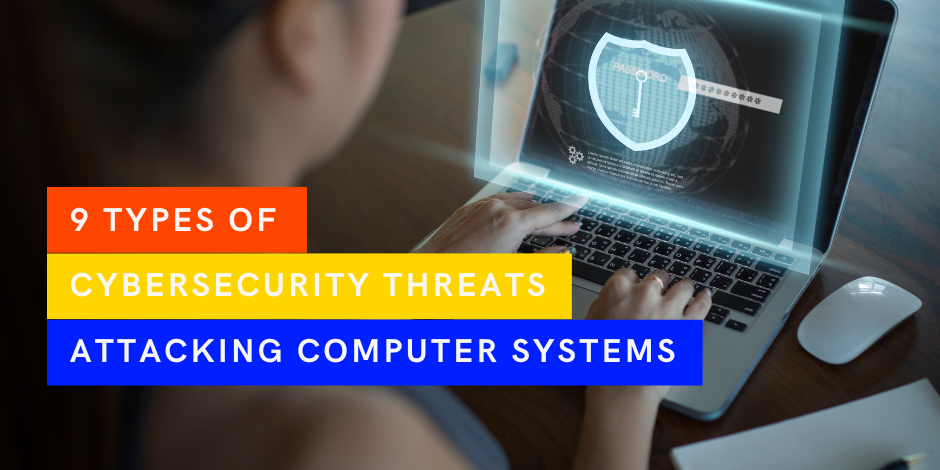
Stay Informed With Our Weekly Newsletter
Receive crucial updates on the ever-evolving landscape of technology and innovation.
The types of cybersecurity threats intended to cause harm to computer systems continue to grow, and they all eventually narrow down to the same goal: attacking the information within a network.
The threats intend to shake up the network security, and if successful, they can damage or disrupt the system and steal the data secured in it for misuse or blackmail.
Whether it’s hackers perpetuating them, an authorised staff member who abuses their power, or an entire hostile nation-state, cybersecurity threats are various technical attacks, ranging from more direct malware attacks to denial of service and man-in-the-middle attacks.
In the following sections of this article, we will look at the different sources and types of cybersecurity threats and how you can study methods to tackle these issues!
What are the common causes of cybersecurity threats?
The common causes of cybersecurity threats include criminal groups, hostile nation-states, hackers, and other malicious insiders seeking unauthorised access to a protected network for exploitation.
Criminal groups
Usually, a trained team of hackers seeks to break through a network’s security to achieve economic gain. With attack tools such as online scamming, spear phishing, or spyware, these groups try to push the network into extortion to steal private data.
Such groups are actively used by various terrorist organisations, seeking to disrupt ordinary civilian life with several cyber attacks. These attacks intend to mess with the national security network, cause maximum harm to individual citizens, and as a result, they can shake entire economies.
Nation states
Hostile nations can also be responsible candidates for launching full-on cyber attacks on a business’ network system. This can be for several reasons, including but not limited to intentional disruption in communication, inflicting a high amount of political damage, or disrupting the day-to-day activities of a country.
Malicious insiders
An insider is a workplace member who has authorised access to the company’s network and actively abuses this power to damage or steal information for personal benefit or intended blackmail. Possible culprits could include executives, managers, partners, or disgruntled employees.
At other times, an example of a malicious insider attacker might be an outsider who has compromised an authorised account and is now performing unlawful activity in the guise of the owner.
Hackers
Organisations are constantly under severe risk from the attempts of individual hackers, who try to attack and break into a network system using several techniques. Motivation for these individuals lies in improving their strength in the ranks of other hackers or finding innovative ways to upgrade their tactics and procedures. Different primary reasons include political, financial or personal gain and direct revenge.
Nine types of cyber security threats on modern computers
As discussed in the article, modern computers’ nine cyber security threats include malware, password, and phishing attacks. In addition, we will also discuss man-in-the-middle (MitM), NTP servers, denial of service, zero-day exploitation, and SQL injection attacks.
#1 Password attacks
Most databases are protected with a password lock; gaining access to this password makes private information accessible. Hackers might use several techniques to crack the passcode, including guessing, cracking a password database dump, or using social engineering.
With the last option, the cyber attacker uses a method to trick an authorised user into breaking security protocol to get access to the password. While many attackers cleverly use this strategy, it requires human interaction and poor employee security training to be successful.
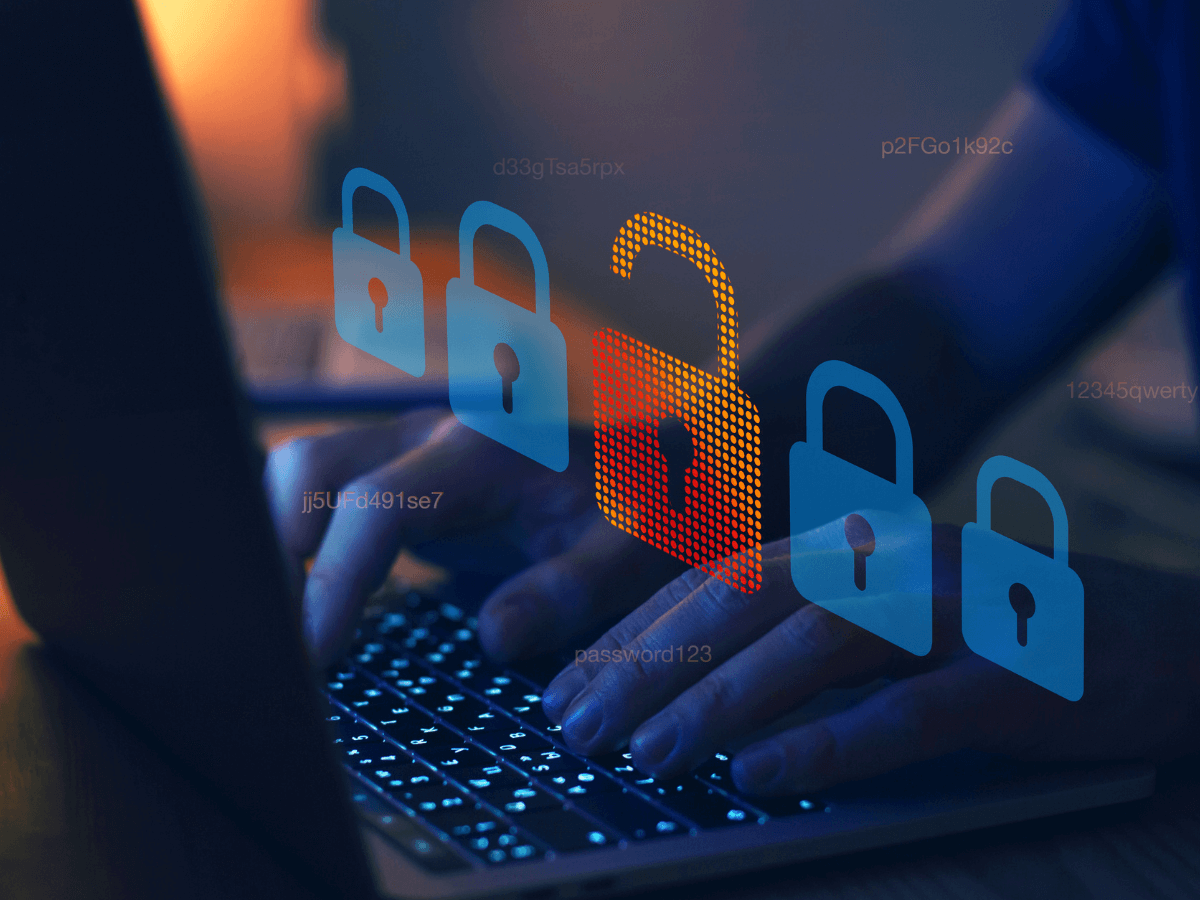
#2 Phishing attacks
A branch of social engineering threats, a phishing attack is a well-known technique among the hacker community. The general idea involves the malicious actor assuming the identity of a trusted colleague and sending fake emails to the victim. The shipped email employs a strategy to steal security credentials (username/password), which the hacker then uses to get access to the network information.
#3 Malware attacks
Viruses, ransomware, and spyware are common threats that classify as malware widely used in hacking. They usually come as an attachment or link, sent over the email, or displayed as pop-ups on a web page. When an unsuspecting victim clicks the link, the malware is promptly activated, infecting the computer system and installing harmful software, providing unintended access or exfiltrating data.
Activated malware installs harmful software onto the victim’s computer and disrupts device usage with constant glitches. Spyware can record your data patterns and the data itself as you use your device so that somebody can obtain the necessary information. On the other hand, ransomware would cut your access off from the main parts of the network system, holding the network hostage in exchange for financial gain.
#4 NTP (Network Time Protocol) server attacks
Network Time Protocol servers can easily fall victim to cyber-attacks since they are open to public access. The hackers can then perform an amplification attack by transmitting vast UDP traffic to their target server as the query-to-response ratio shoots up significantly. By doing this, they can cause a Denial of Service and affect the victim’s online services.
#5 MITM (Man-in-the-Middle) attacks
A MitM attack is when hackers install themselves right between a two-way data transmission channel and intercept their communication. They can then interfere with the data traffic by changing and stealing information, masquerading as the intended recipient to each party, and gaining trust and access to consistent data.
A typical setup of such attacks includes the hacker being part of an unsecured public Wi-Fi network, ready to steal information of whoever tries to access the network.
#6 Denial-of-Service attacks
Malicious actors can also use DoS (Denial of Service) or DDoS (Distributed Denial of Service) attacks to target an organisation’s servers, networks, and systems. By flooding the destination servers with a high traffic volume, these attacks can slow down entire systems by exhausting the bandwidth and all other computational resources. As a result, they are a severe threat, especially to public services.
#7 SQL injection attacks
An SQL injection attack targets a poorly secured web search box by injecting harmful code into manipulating what would otherwise be a regular SQL query. Once this is done, the hacker can view, modify and remove information in the available database tables. Remember that this kind of cyber attack is used against databases-driven sites.
#8 Zero-Day exploitation attacks
Sometimes an organisation publicly discloses a vulnerability for the first time to open communities as a warning, and there is no immediate solution for this. However, before the security management can solve this issue, actors with malicious intent can zero in on this announced vulnerability and exploit it.
#9 Crypto-jacking attacks
These attacks seek cryptocurrency gains by deceiving the victim through various methods to install an unauthorised bot on their system. Additionally, hackers attempt to gain access to a computer system to set it up as a cryptocurrency miner, depleting the victim’s computational resources.
How can you protect a system from cyber-attacks?
You can protect a system from cyber attacks by practising safety protocols in your daily activity, securing your accounts with a multi-factor authentication method, keeping your system updated, and performing routine backups.
Practising safety protocols in your daily activity
Make a habit of using safety measures in your daily device activity to ensure maximum security. For example, don’t keep the same password for too long, and make sure you use a strong password with a combination of alpha-numerical characters and symbols.
Also, ensure your password is simple enough to remember, and never use the same password for two separate systems.
Knowing the best ways to protect your devices and network and the methods attackers can use to get into the systems will help you be on your guard at all times. For example, ensure you don’t open emails from unknown contacts, which could contain malicious links. In addition, use a VPN to safeguard your computer, and network connections are securely encrypted while browsing the internet.
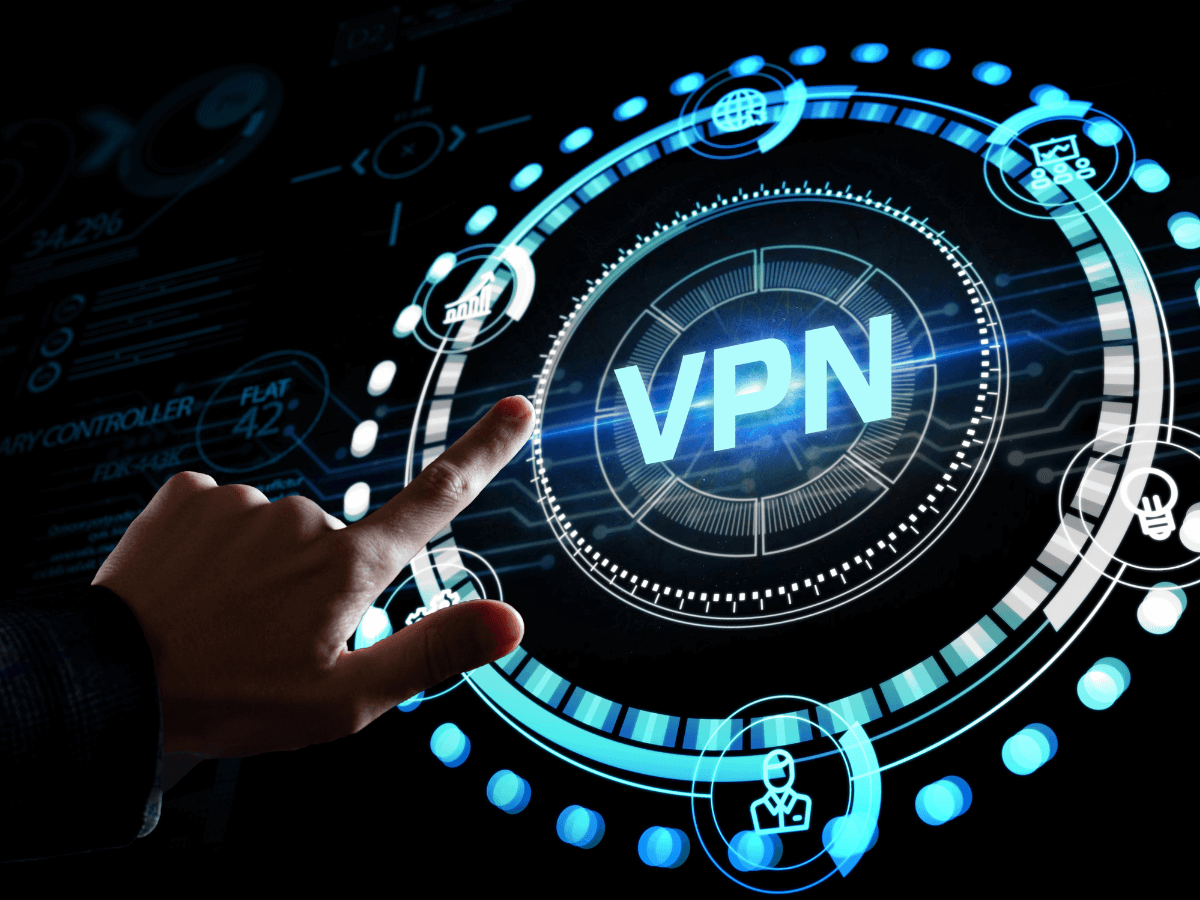
Updating your systems and making backups
It is a good idea to make a habit of creating timed backups of your data. Then, in case of malicious software gets into the system and disrupts it, you can always restore the system via the backup files.
Use a firewall and reliable network security software to maintain safety around your network. In addition, ensure that the anti-virus software you use is updated and provides reliable results.
Also, ensure that your operating system and the programs in your computer are up-to-date to reduce the risk of vulnerability to cyber attacks.
Safeguarding your accounts with multi-factor authentication
Secure the accounts on your computer or mobile using various authentication and verification steps. For example, multi-factor authentication includes something you know (password), something you have (cryptographic identification device), and something you are (biometric).
Try to perform sensitive searches and online transactions over secure and private Wi-Fi networks. Keep your connection encrypted via a VPN if you need to use a public network. Avoid installing third-party applications and programs on your device, and ensure they are regularly updated to reduce vulnerability risks.
Cyber attacks come in all shapes and sizes, and as the tech industry changes, malicious attackers also develop new techniques to hijack data. If you are a cybersecurity student looking into the field, book a free career consult today to learn how to tackle these problems as an excellent career choice!


